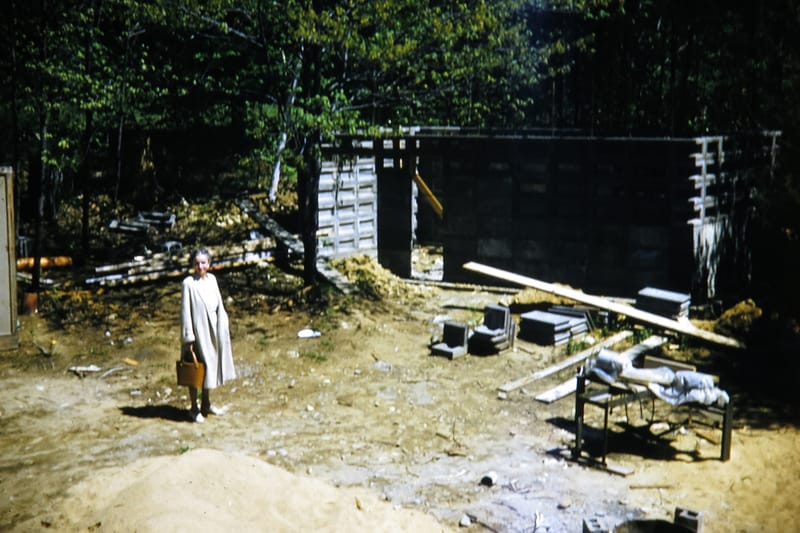Fixing the criminal justice system: Restorative Justice
I was recently reading about the criminal justice system, specifically corrections, and how the recidivism rate between 2016 and 2019 showed that within ten years of release, 82% of state inmates were arrested again, and that 62% of those arrested went back to prison. So basically, 62% of the incarc
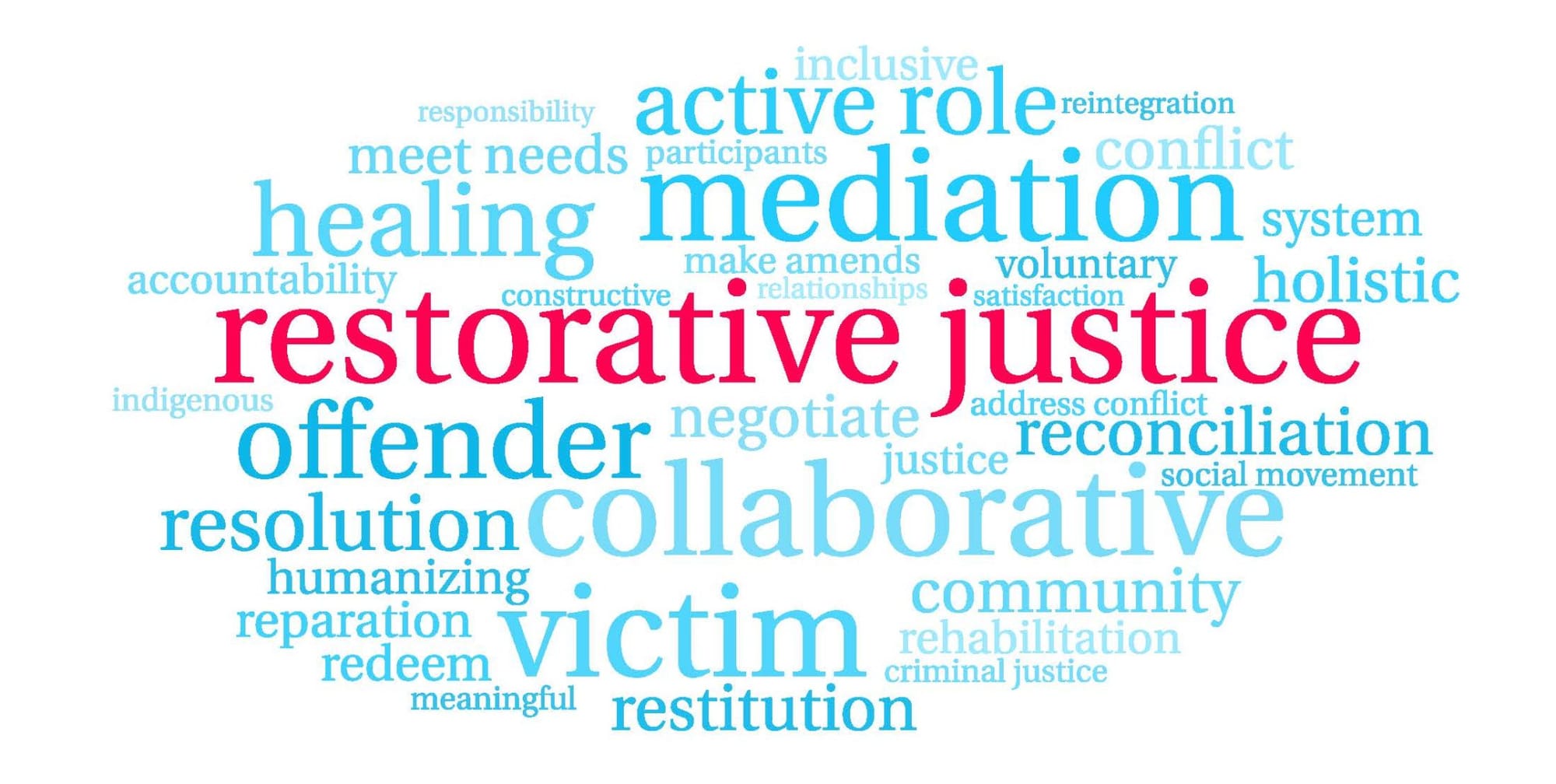
O P I N I O N
FORWARD FOCUS
By Brian Chicoine
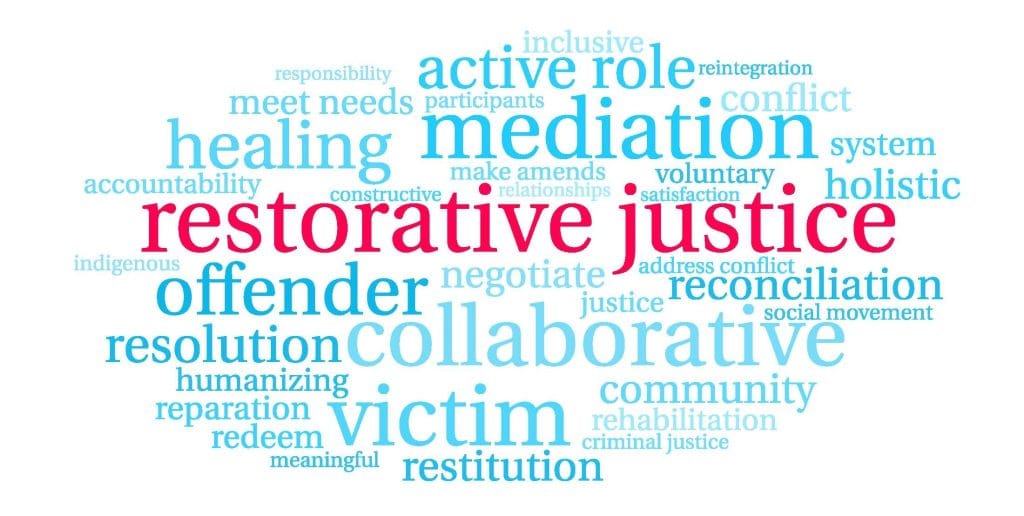

I was recently reading about the criminal justice system, specifically corrections, and how the recidivism rate between 2016 and 2019 showed that within ten years of release, 82% of state inmates were arrested again, and that 62% of those arrested went back to prison. So basically, 62% of the incarcerated returned to prison…not a good rate and certainly flies in the face of one of the goals, (or desired outcomes), of the criminal justice system. *(Note that 2016-2019 was the latest statistics that I could find, and that the “arrests” and re-imprisonment were for crimes of homicide, rape, and sexual assault). So what is the solution?
We want to be tough on crime, and certainly want to get criminals off the streets, (especially violent criminals as well as those contributing to the drug issues and overdoses that we see). But we also want to be sure that if and when the incarcerated are released back into society that they are not going to re-offend…that their days of harming others are behind them. We want the convicted to take responsibility for their actions and receive whatever help that they need while they are incarcerated. In talking to people, having victims more involved in the process is also something that many desire, so that the punishment is actually appropriate for the crime.
So how do we punish people while allowing for proper rehabilitation? In my opinion, we start with leaving political grandstanding out of the equation. Instead of blaming the method, (like the weapon), we actually treat the human responsible for the crime. Instead of celebrating mental illness, and out of fear of having a less than desirable label attached to us, we actually TREAT people. Instead of locking up a person and leaving them in prison until it’s time for parole or release, we have them use their time in prison for treatment. Instead of paying for degrees and elective medical procedures, we use the money for treatment.
The criminal justice system is designed to achieve multiple outcomes, including deterrence, punishment, rehabilitation, public safety, and justice. It seems that we are failing as we focus on punishment, but forget about things like rehabilitation and therefore do not deter the behavior, which diminishes public safety and justice. So what do we do?
As I was researching, I stumbled upon something called Restorative Justice. Restorative Justice, (or RJ), has several core philosophies, including a focus on identifying needs and repairing harm, active accountability, centering relationships and community, and voluntary participation.
There are of course pros and cons to Restorative Justice, (as with anything else), so I wanted to take this opportunity to explore it a bit.
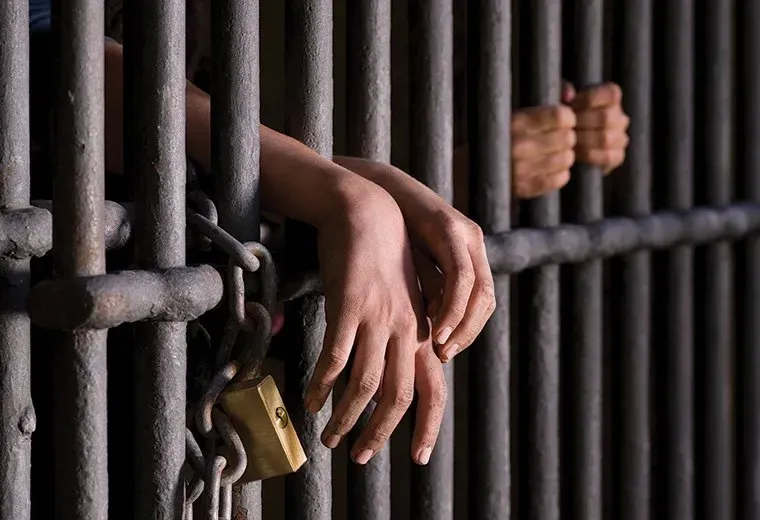
Historical Origins of Restorative Justice
The principles underlying restorative justice are not new. Many indigenous cultures across the world practiced forms of justice that prioritized healing and community cohesion long before the advent of Western legal systems. For instance, in pre-colonial Africa, various tribes, such as the Zulu in South Africa, employed customary law that focused on reconciliation and restitution. Similarly, in North America, the Navajo people utilized a peacemaking system that emphasized restoring harmony within the community.
In these societies, crime was often viewed as a disruption to social harmony rather than merely a violation of the law. Justice was therefore concerned with repairing relationships and reintegrating offenders into the community, rather than simply punishing them. Offenders were encouraged to take responsibility for their actions, make amends to those they had harmed, and work toward rebuilding trust within the community.
The colonial era disrupted many of these indigenous justice practices, as Western legal systems imposed their own notions of justice, which were largely punitive in nature. However, the principles of restorative justice survived, albeit in marginalized forms, and have gradually reemerged in recent decades as part of a broader critique of the shortcomings of conventional criminal justice systems.
The Emergence of Modern Restorative Justice
The modern restorative justice movement began to take shape in the 1970s as a response to growing dissatisfaction with traditional criminal justice practices. High rates of recidivism, overcrowded prisons, and a lack of focus on the needs of victims highlighted the limitations of a purely retributive approach to justice. Restorative justice offered an alternative that promised to address these issues by focusing on repairing harm and promoting healing.
One of the earliest modern examples of restorative justice occurred in 1974 in Kitchener, Ontario, Canada, when a probation officer, Mark Yantzi, arranged for two young men who had vandalized 22 properties to meet with their victims. This meeting allowed the offenders to apologize directly and agree on restitution. The positive outcomes of this encounter laid the foundation for the development of the victim-offender reconciliation program (VORP), which became a model for similar programs worldwide.
Throughout the 1980s and 1990s, restorative justice gained traction in various countries, particularly in Canada, New Zealand, and Australia. These countries pioneered restorative practices such as family group conferencing and circle sentencing, which involved victims, offenders, and community members in a collaborative process of resolving conflicts and determining appropriate outcomes.

Core Principles of Restorative Justice
Restorative justice is grounded in several core principles that distinguish it from the traditional criminal justice system:
1. Repairing Harm: The primary goal of restorative justice is to repair the harm caused by crime. This involves addressing the needs of victims, holding offenders accountable, and restoring relationships within the community.
2. Inclusion of All Stakeholders: Restorative justice emphasizes the active participation of victims, offenders, and community members in the justice process. By involving all stakeholders, restorative justice fosters dialogue, understanding, and mutual respect.
3. Accountability and Responsibility: Restorative justice requires offenders to take responsibility for their actions and the harm they have caused. This accountability is not limited to legal consequences but extends to making amends and working toward personal transformation.
4. Reintegration: Restorative justice seeks to reintegrate offenders into the community rather than isolating them through incarceration. By addressing the underlying causes of offending behavior and promoting positive change, restorative justice aims to reduce recidivism and build safer communities.
5. Voluntary Participation: Participation in restorative justice processes is typically voluntary for all parties involved. This ensures that the process is based on genuine willingness to engage in dialogue and seek resolution.
Modern Applications of Restorative Justice
Restorative justice has evolved significantly since its reemergence in the 1970s and is now applied in various contexts beyond the criminal justice system. Its flexibility and emphasis on healing make it a valuable tool for addressing conflicts in schools, workplaces, and even international settings.
1. Criminal Justice System
In the criminal justice context, restorative justice is often used as an alternative or complement to traditional court proceedings. Victim-offender mediation, family group conferencing, and sentencing circles are some of the common restorative practices employed. These processes can be used at various stages of the justice system, including pre-trial diversion, sentencing, and post-sentencing.
Restorative justice has been particularly effective in cases involving juvenile offenders. By focusing on rehabilitation rather than punishment, restorative justice programs have been shown to reduce recidivism rates among young people. For example, in New Zealand, the use of family group conferencing for youth offenders has been associated with lower reoffending rates and greater satisfaction among victims.
In some jurisdictions, restorative justice is also used in serious cases, including those involving violent crimes. While these cases are more challenging, restorative justice can offer victims a sense of closure and empower them by giving them a voice in the justice process. Offenders, in turn, have the opportunity to understand the impact of their actions and take steps toward making amends.
2. Educational Settings
Restorative justice has found a natural fit in schools, where it is used to address bullying, misconduct, and conflicts among students. Traditional disciplinary approaches in schools often rely on punitive measures such as suspension or expulsion, which can exacerbate problems and lead to further alienation of students. Restorative practices, on the other hand, focus on building positive relationships, fostering a sense of community, and addressing the root causes of behavior.
In a restorative school environment, students who have harmed others are encouraged to take responsibility for their actions and work toward repairing relationships. This might involve face-to-face meetings with those they have harmed, where they can express remorse and agree on ways to make amends. These practices not only help resolve conflicts but also promote a culture of respect and empathy within the school community.
Schools that have implemented restorative practices have reported reductions in disciplinary incidents, improved student behavior, and a more positive school climate. For example, in Oakland, California, schools that adopted restorative justice programs saw a significant decrease in suspensions and an improvement in graduation rates.
3. Workplace Conflict Resolution
Restorative justice is increasingly being applied in workplaces to address conflicts, grievances, and instances of misconduct. In a restorative workplace, conflicts are viewed as opportunities for learning and growth rather than merely problems to be managed. By encouraging open dialogue and mutual respect, restorative practices can help resolve conflicts in a way that strengthens relationships and fosters a collaborative work environment.
For instance, when conflicts arise between employees, a restorative approach might involve bringing the parties together to discuss the issue, express their feelings, and work toward a mutually agreeable solution. This process allows individuals to gain a better understanding of each other’s perspectives and find ways to move forward constructively.
Restorative justice can also be used to address more serious workplace issues, such as harassment or discrimination. By focusing on the harm caused and the needs of those affected, restorative processes can provide a more holistic and effective resolution than traditional disciplinary measures.
4. Community and International Applications
Restorative justice is also applied in community settings to address conflicts and build social cohesion. Community-based restorative justice programs often focus on resolving disputes, addressing the needs of marginalized groups, and promoting peacebuilding efforts. For example, in Northern Ireland, restorative justice played a crucial role in the peace process by facilitating dialogue between former combatants and victims of the conflict.
On an international level, restorative justice principles have been incorporated into transitional justice processes in countries recovering from conflict or human rights abuses. Truth and reconciliation commissions, such as those in South Africa and Rwanda, have used restorative practices to address the legacy of violence and promote national healing. These processes have provided a platform for victims to share their stories, for perpetrators to acknowledge their wrongdoings, and for communities to work toward reconciliation.
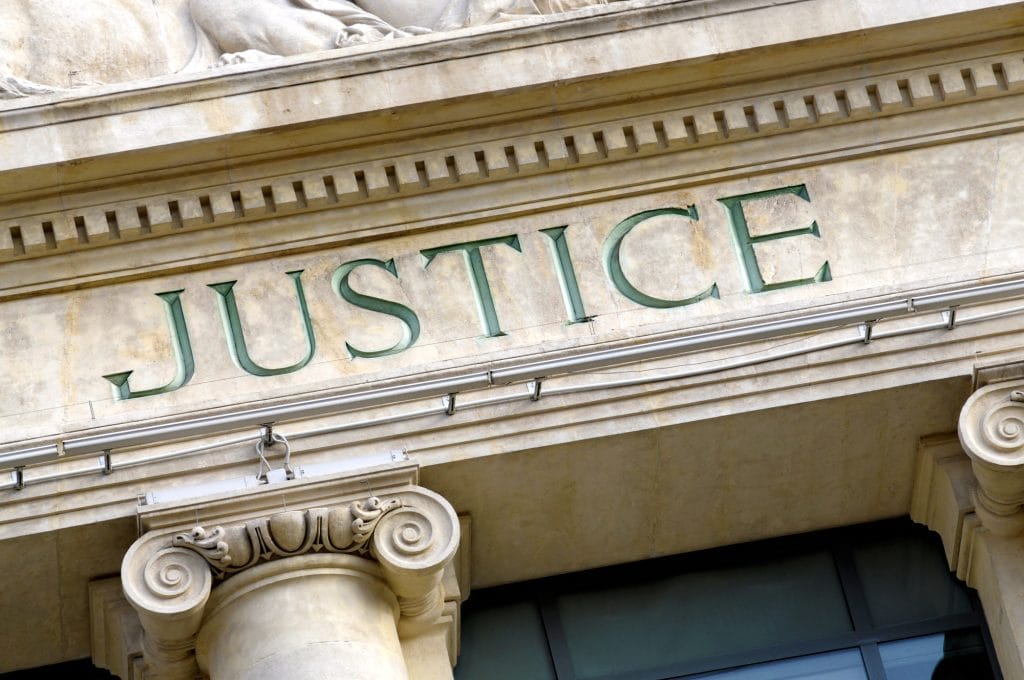
Challenges and Criticisms of Restorative Justice
Despite its many benefits, restorative justice is not without its challenges and criticisms. One of the primary concerns is that restorative justice may be perceived as being too lenient, particularly in cases involving serious crimes. Critics argue that restorative justice may fail to deliver adequate punishment and may not sufficiently deter future offending. There are also concerns about the potential for power imbalances in restorative processes, where victims may feel pressured to forgive or reconcile with offenders.
Another challenge is ensuring that restorative justice is implemented effectively and consistently. The success of restorative justice depends on the quality of facilitation, the willingness of participants, and the availability of resources. Without proper training and support, restorative processes may fail to achieve their intended outcomes.
Additionally, there is a risk that restorative justice could be co-opted or diluted as it becomes more mainstream. If restorative justice is implemented superficially or as a cost-cutting measure, it may lose its transformative potential and become just another form of alternative dispute resolution.
The Future of Restorative Justice
As the restorative justice movement continues to grow, it is likely to play an increasingly prominent role in shaping the future of justice systems worldwide. The principles of restorative justice – repairing harm, fostering accountability, and promoting healing – resonate with concerns about the limitations of punitive justice and the need for more humane and effective approaches.
To realize its full potential, restorative justice must be embraced as a holistic approach that goes beyond individual cases to address systemic issues. This includes tackling the root causes of crime, such as poverty, inequality, and social exclusion, and promoting social justice on a broader scale.
In conclusion, restorative justice offers a powerful alternative to conventional criminal justice by prioritizing healing, accountability, and community cohesion. Its historical roots in indigenous practices and its modern applications across various contexts demonstrate its enduring relevance and adaptability. As society continues to grapple with the challenges of crime and conflict, restorative justice provides a hopeful vision for a more just and compassionate world.
As always, send any feedback to me at bchicoinemht@gmail.com.


